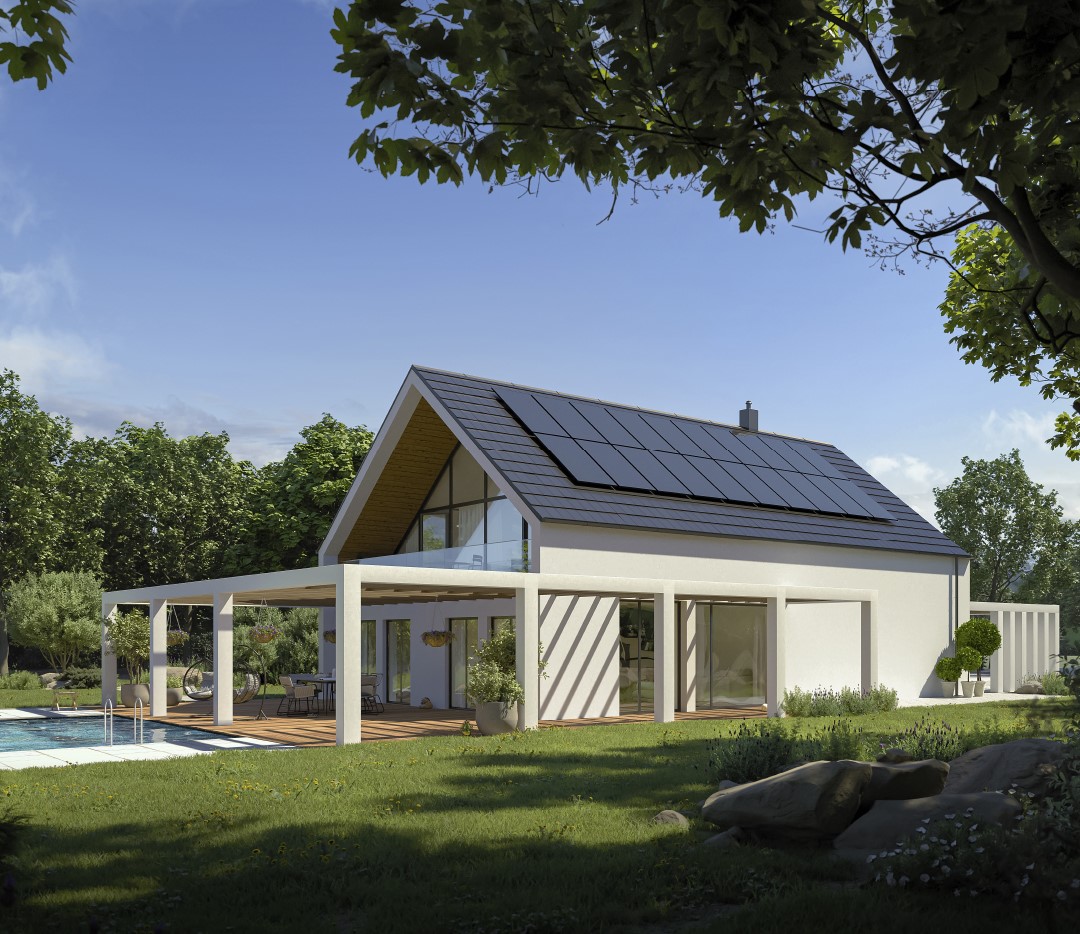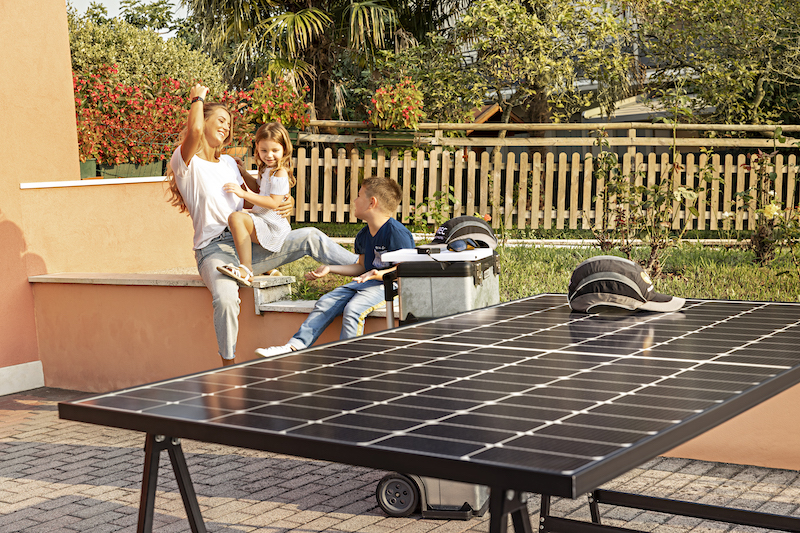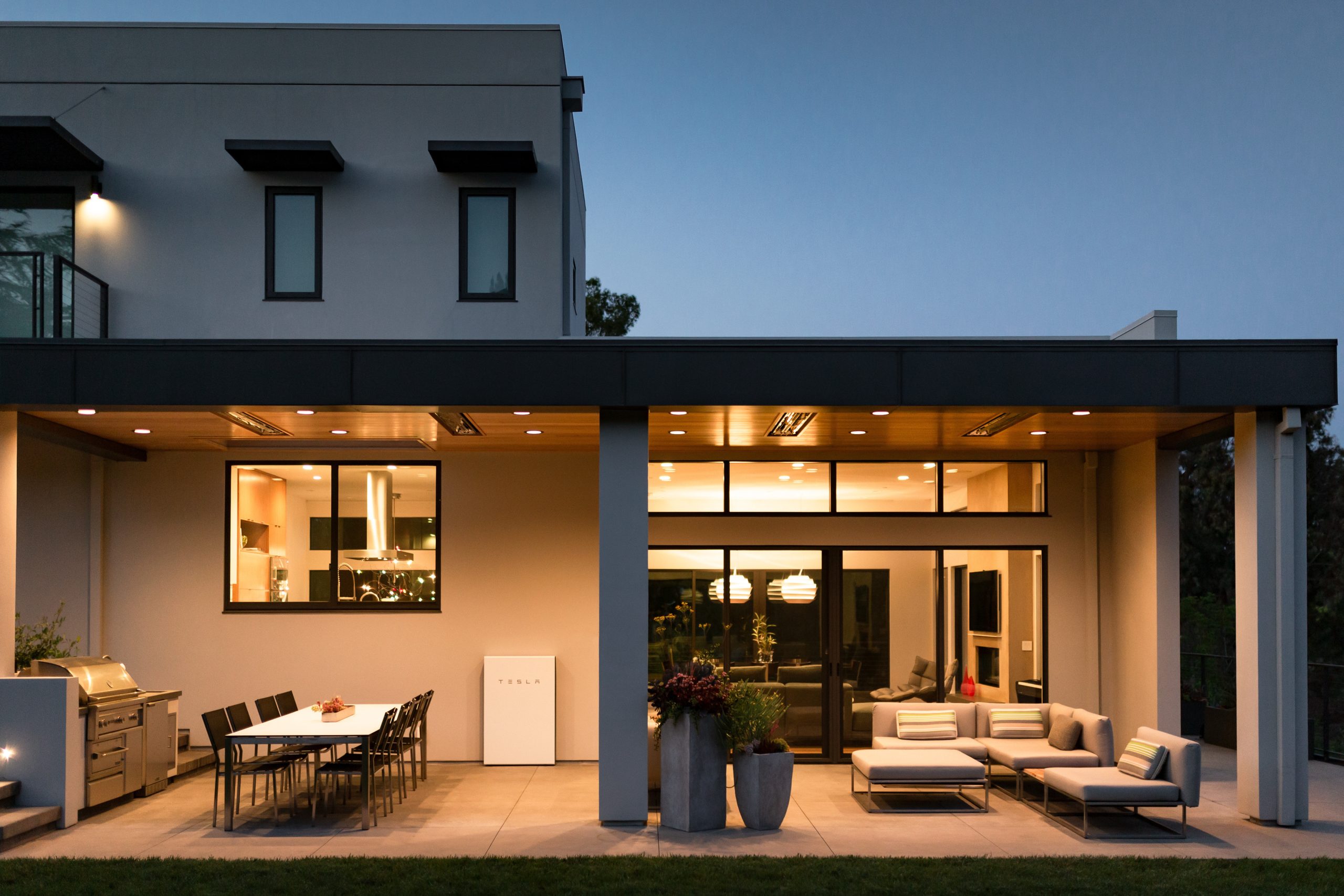Building a new home is an exciting adventure, filled with decisions that shape not just your living space but also your impact on the environment. One of the most transformative choices you can make during this process is integrating solar panels and battery storage. This decision goes beyond just being eco-friendly—it’s about embracing technology that ensures your home is both sustainable and economically efficient. Here are seven key considerations to help you navigate the integration of solar technology into your new home build, ensuring it’s done smartly and seamlessly.

1. Roof Design and Material
Think of your roof as the canvas for your solar masterpiece. The ideal roof for solar panels offers a large, unshaded area facing the optimal direction for sun exposure – north in the Southern Hemisphere. The material also plays a crucial role; metal roofs, for instance, are fantastic for easy solar panel installation. Choose the angle and orientation that will maximize sunlight capture and, by extension, energy production.
2. Electrical Infrastructure
The electrical setup of your home is like the nervous system for your solar panels. For most homes, a single-phase power supply is sufficient, but larger homes with greater energy needs might require a three-phase connection. Addressing this early can save on future costs and support your energy needs as they evolve, allowing your system to adapt alongside emerging technologies or increased consumption.
3. Cable Runs
Efficiency in solar power systems also hinges on minimizing the distance electricity has to travel. Strategically plan your home so that the main switchboard, inverter, and battery storage are in close proximity to each other to reduce power loss along cable runs. Using high-quality cables suited for the environmental conditions they’ll face is also crucial for maintaining efficiency.
4. Battery Storage Location
Choosing the right location for your battery storage is crucial. Just like a good neighbor, it should be neither seen nor heard but always working efficiently. A cool, ventilated area, like a garage or dedicated utility room, is ideal, protecting the batteries from excessive heat and ensuring they last longer.
5. Impact of Skylights and Whirlybirds
Skylights and whirlybirds can enhance your home’s natural light and ventilation, but they can also compete for valuable real estate on your roof. Plan these features in harmony with your solar panel layout to avoid shading and space issues, ensuring both aesthetics and efficiency are maintained.
6. Future-proofing with Smart Technology
Integrating smart home technology can take your solar system from static to dynamic, allowing for real-time energy management and efficiency optimization. Imagine adjusting your energy usage based on real-time data, or even selling excess energy back to the grid—all possible with the right technology.
7. Local Regulations and Incentives
Navigating the paperwork and policies for solar integration can be daunting, but it’s also an opportunity to capitalize on incentives and rebates that can make solar more affordable. Understanding local regulations and incentives can significantly reduce upfront costs and ensure your system meets all necessary guidelines for a smooth and compliant installation.
Conclusion
Integrating solar technology into your new home is not just about following trends—it’s about making a commitment to a sustainable future. By carefully considering each of these aspects, you’re not just building a house; you’re creating a home that’s efficient, sustainable, and prepared for the future. Embrace the sun’s power and let solar technology light up your new home with clean, efficient energy.














